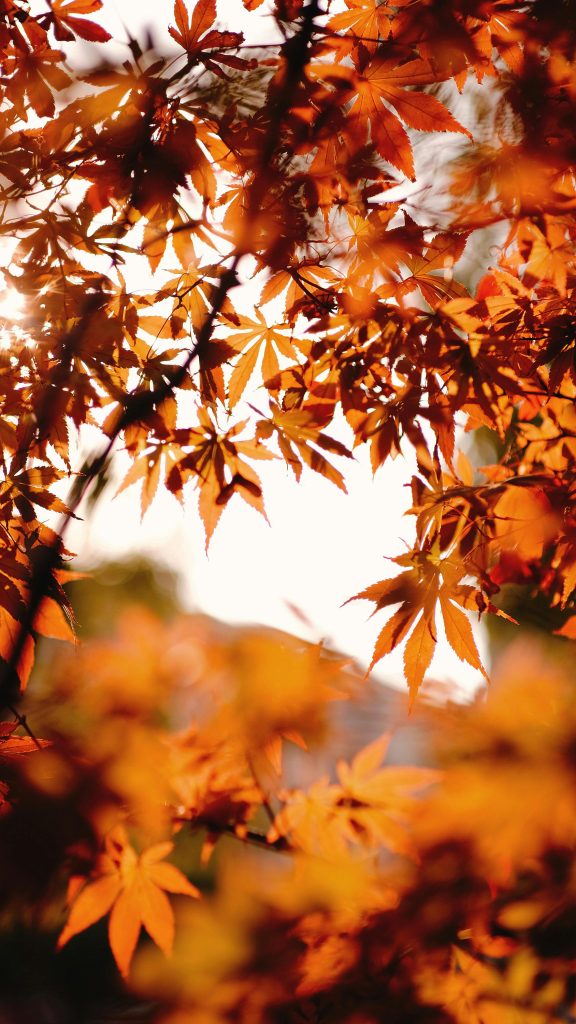Deciduous trees play a pivotal role in garden landscapes, offering a dynamic display of seasonal changes that captivate the senses and enrich outdoor spaces. From the vibrant hues of autumn foliage to the delicate blossoms of spring, deciduous trees bring a sense of beauty, vitality, and renewal to the garden. In this article, we’ll explore the enchanting world of deciduous trees, highlighting their unique characteristics and the benefits they bring to garden landscapes throughout the seasons.

- The Beauty of Seasonal Changes: Deciduous trees are renowned for their spectacular display of seasonal changes, each phase offering its own unique beauty and charm. In spring, deciduous trees awaken from winter dormancy with fresh green leaves and delicate blossoms that herald the arrival of warmer weather. Summer brings lush foliage and ample shade, providing a cool retreat from the heat. In autumn, deciduous trees undergo a stunning transformation, showcasing a kaleidoscope of fiery hues ranging from golden yellows to deep reds and oranges. Finally, in winter, deciduous trees shed their leaves, revealing their elegant silhouettes against the stark backdrop of snow and frost.
- Versatile Landscape Elements: Deciduous trees are versatile landscape elements that can be used to enhance the beauty and functionality of garden spaces in various ways. Plant them as focal points to anchor garden compositions and provide visual interest throughout the year. Use them to create natural privacy screens, windbreaks, or shade structures to improve comfort and livability in outdoor areas. Incorporate deciduous trees into mixed borders or woodland gardens to add texture, depth, and seasonal diversity to planting schemes.
- Ecological Benefits: Deciduous trees offer numerous ecological benefits that contribute to the health and sustainability of garden ecosystems. Their dense foliage provides valuable habitat and food sources for birds, insects, and other wildlife, supporting biodiversity and promoting ecosystem resilience. Deciduous trees also help mitigate climate change by sequestering carbon dioxide and releasing oxygen through photosynthesis, thus reducing greenhouse gas emissions and improving air quality.
- Maintenance and Care: While deciduous trees are relatively low-maintenance compared to some evergreen species, they still require proper care to thrive and remain healthy. Plant deciduous trees in well-drained soil with adequate sunlight exposure for optimal growth and development. Provide regular watering, especially during dry spells, to support root establishment and hydration. Prune trees as needed to remove dead, diseased, or damaged branches and maintain desired shape and structure. Mulch around the base of deciduous trees to conserve soil moisture, suppress weeds, and insulate roots from temperature extremes.
- Celebrating Diversity: Deciduous trees encompass a wide range of species, each with its own unique characteristics, growth habits, and seasonal attributes. From majestic oaks and maples to graceful birches and dogwoods, there is a deciduous tree to suit every garden style, climate, and preference. Celebrate the diversity of deciduous trees by incorporating a variety of species into your garden landscape, creating a rich tapestry of colors, textures, and forms that evolve with the changing seasons.
Deciduous trees are invaluable assets in garden landscapes, enriching outdoor spaces with their dynamic display of seasonal changes and providing a host of ecological, aesthetic, and functional benefits. By embracing the beauty of deciduous trees and integrating them thoughtfully into garden designs, you can create a vibrant and sustainable outdoor environment that evolves with the rhythms of nature and delights the senses throughout the year.



